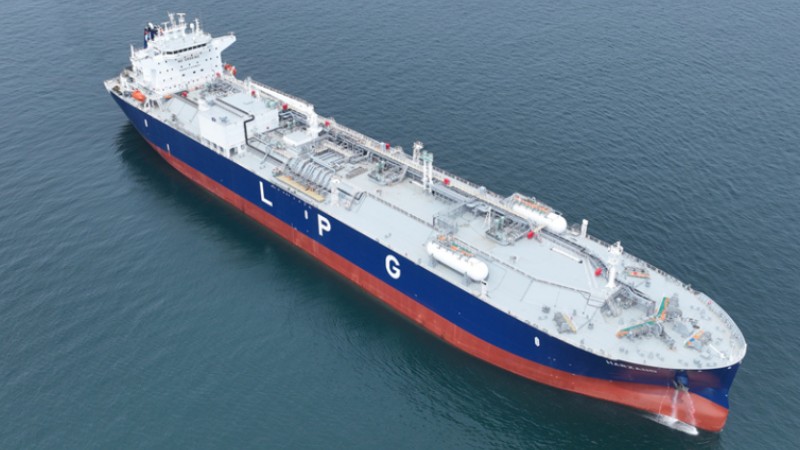Scientists design new ion-transport membranes to boost energy storage
BEIJING, April 27 (Xinhua) -- Chinese researchers have designed a new type of ion-transport membrane to enhance the efficiency of energy storage equipment such as flow batteries, according to the Chinese Academy of Sciences.
Ion-transport membranes have broad application prospects in clean energy, emission reduction, energy conversion and storage. The new design allows for near-frictionless ion transport within triazine framework membranes, thereby increasing the efficiency of such equipment.
The research was conducted by Professor Xu Tongwen and Professor Yang Zhengjin from the University of Science and Technology of China, together with several collaborators, and the results were published this week in the scientific journal Nature.
Ion-transport membranes are a key component of electrochemical devices or equipment such as flow batteries and fuel cells. They allow ions to pass through during the charging and discharging processes, but they also block the transfer of active substances between positive and negative electrodes to prevent short circuits.
However, ionic membranes generally have the problems of mutual restriction of conductivity and selectivity.
"Just like sieving sand with a sieve, the best sieve is one that can block coarse sand (selectivity) and allow fine sand to pass through quickly (conductivity). However, the fine sand flows slowly when the sieve is small, while larger ones allow both coarse and fine sand to pass through," said Xu.
The focus of research on ion membranes is to build efficient channels in the membrane that only allow "fine sand" to pass through quickly, said Xu.
In their research, the team innovatively designed a microporous frame ion membrane material with sub-nanometer ion channels, and chemically modified the channels, which not only solved the problem of the aging and water absorption swelling of ion channels in traditional ion membrane materials, but also has both high selectivity and high conductivity.
According to the research paper's abstract, the new kind of membrane achieves the near-frictionless flow of ions. The charge and discharge current density of a flow battery assembled with this membrane can reach 500 milliamps per square centimeter, which is more than five times the current value of similar products.
"This membrane design concept may be broadly applicable to membranes for a wide range of electrochemical devices and for precise molecular separation," said the paper.
Photos
Related Stories
Copyright © 2023 People's Daily Online. All Rights Reserved.









